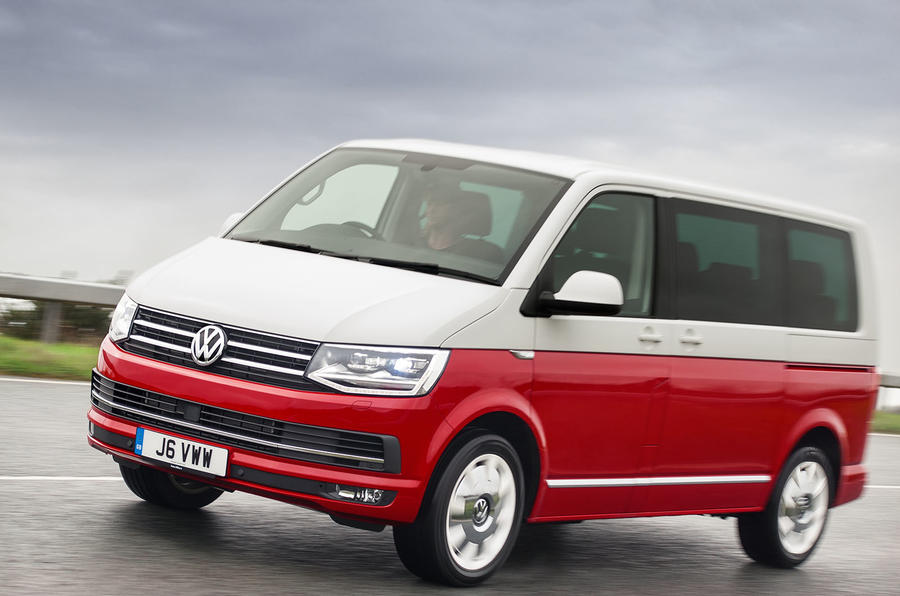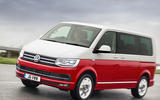What is it?
The Volkswagen Caravelle Generation Six is the top-of-the-range version of the Transporter-based, seven-seat people-carrier that was introduced just as VW ushered in the T6-generation car late in 2015.
You’ll recognise one when you see it on the road because, like all Caravelles, the Gen 6 is roughly the size and shape of a typical central London flat. Also, because it’s available in only one colour scheme – two-tone Cherry Red and Candy White, in tribute to the similarly colourful Type 2 VW Campers of the 1950s and 1960s.
You might imagine that such a bold paint scheme would limit the car’s appeal somewhat to the executive chauffeuring specialists who form the majority of the car’s customer base. And you’d be right. But Volkswagen’s point is that the Caravelle is part of a wider T6 family of models that are not only bought by plenty of private owners as well as business users, but are also polished, preened and genuinely enthused about by those private owners.
And before you dismiss that idea, think about how many times you’ve seen convoys of Transporters, their predecessors and their siblings on the UK’s motorways at weekends, on the way to rallies and owners' club meetings. That doesn’t happen with Ford Transits or Bedford Rascals, does it?
And what VW is offering those enthusiasts here besides the Postman-Pat-post-payrise exterior colouring is a fairly fully-loaded Caravelle at a slightly reduced price. Only fairly, because such extensive customisation potential exists in the Caravelle ordering process that there’s really no such thing as a ‘typical’ fully-loaded example. You can have a sporty one (high-output diesel engine, lowered suspension, 18in wheels etc), a touring one (adaptive dampers, leather seats, tinted windows and a convertible bed onboard), an off-road one (extra ground clearance, heavy-duty shocks, four-wheel drive, a proper locking rear differential) and others.
The Gen 6 comes in what you might describe as a high-end ‘everyday-use’ spec: mechanically, with a choice of 148bhp or 201bhp 2.0-litre diesel engines, front-wheel drive and a seven-speed twin-clutch gearbox. But also with leather-alcantara heated seats, three-zone air conditioning, LED headlights, cornering foglamps, a Discover touchscreen infotainment and navigation system, adaptive cruise control, dynamic chassis control adaptive damping and specially designed chrome-hubbed 18in alloy wheels all as standard.
Our 201bhp test car was still a £54,000 car, for which you’d certainly hope it would come well-equipped – but put the same equipment level on a car in Executive trim and it’ll cost you at least a couple of thousand pounds more.
























Join the debate
Add your comment
Outdone by its own history
Car?
VW